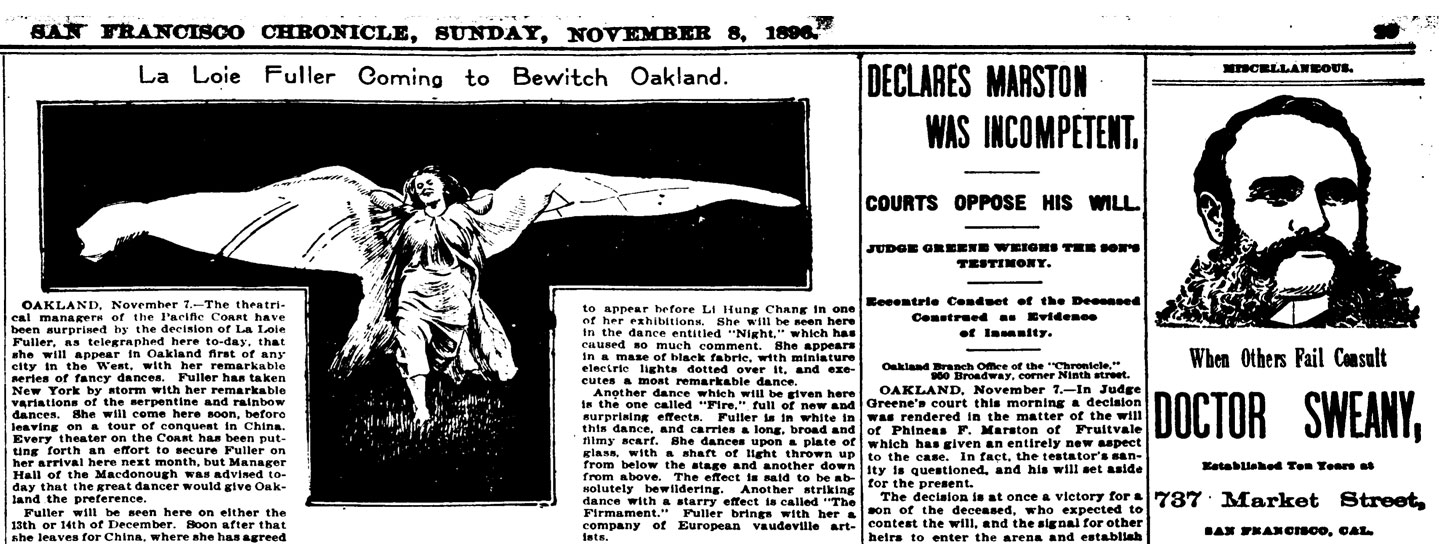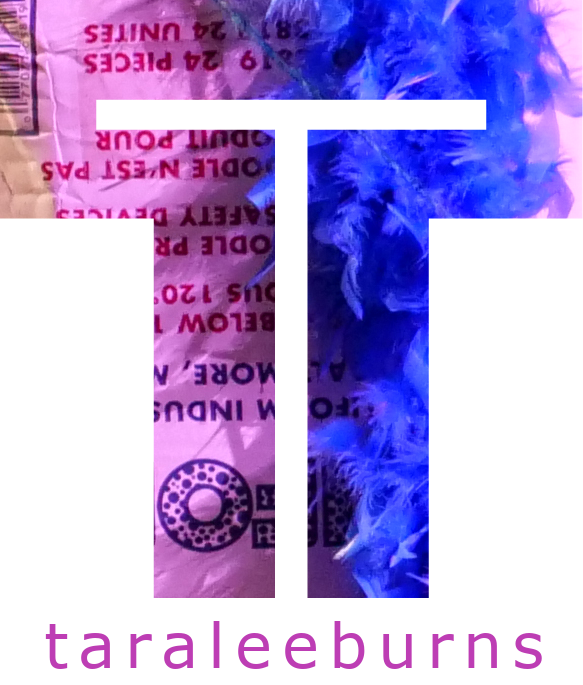
In this paper, I explore the role of technology during the interwar period through Loïe Fuller’s use of what Julie Townsend calls “theatrical prosthesis,” wooden extensions to lengthen the arms, fabric, and electric light (Townsend 1991, 73). Addressing the spectatorial aesthetic result of the normalization of prosthetic limbs during the interwar period, I investigate prosthetic technologies in Fuller’s work that redefine the morphology of the body and alter the community’s view of prosthesis. Here prosthesis not only includes the metal limbs of returned soldiers from WWI, but Fuller’s design of wooden dowels to extend her arms, the fabric attached to them, and her experimentation with light. Investigating the role technology played in Fuller’s reception, I argue that Fuller’s celebrity is a result of 1) her multidisciplinary design which enabled her to communicate with multiple audiences at once and 2) her transformation into a transcendent, modernist representation of prosthesis as fantasy.
